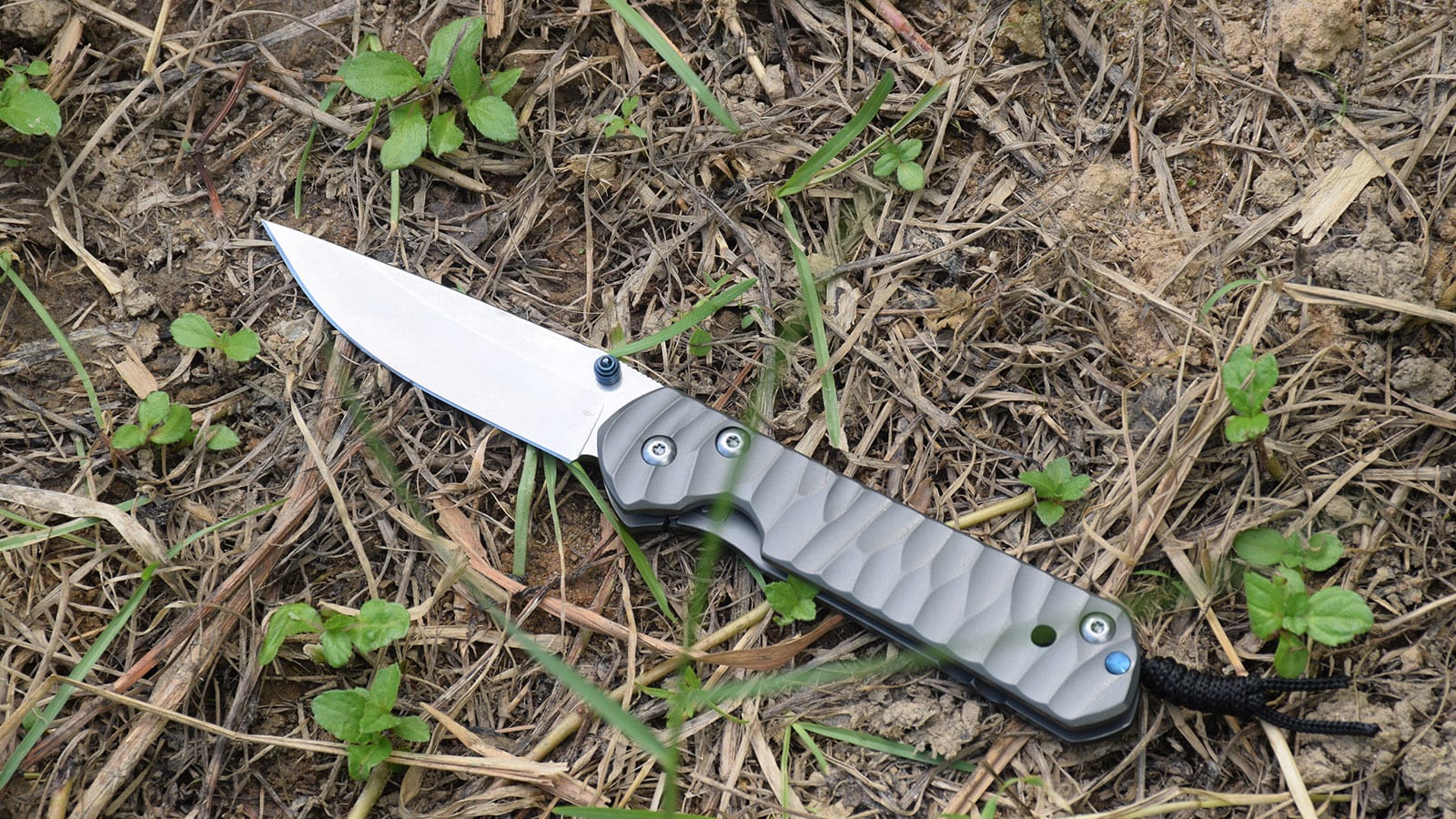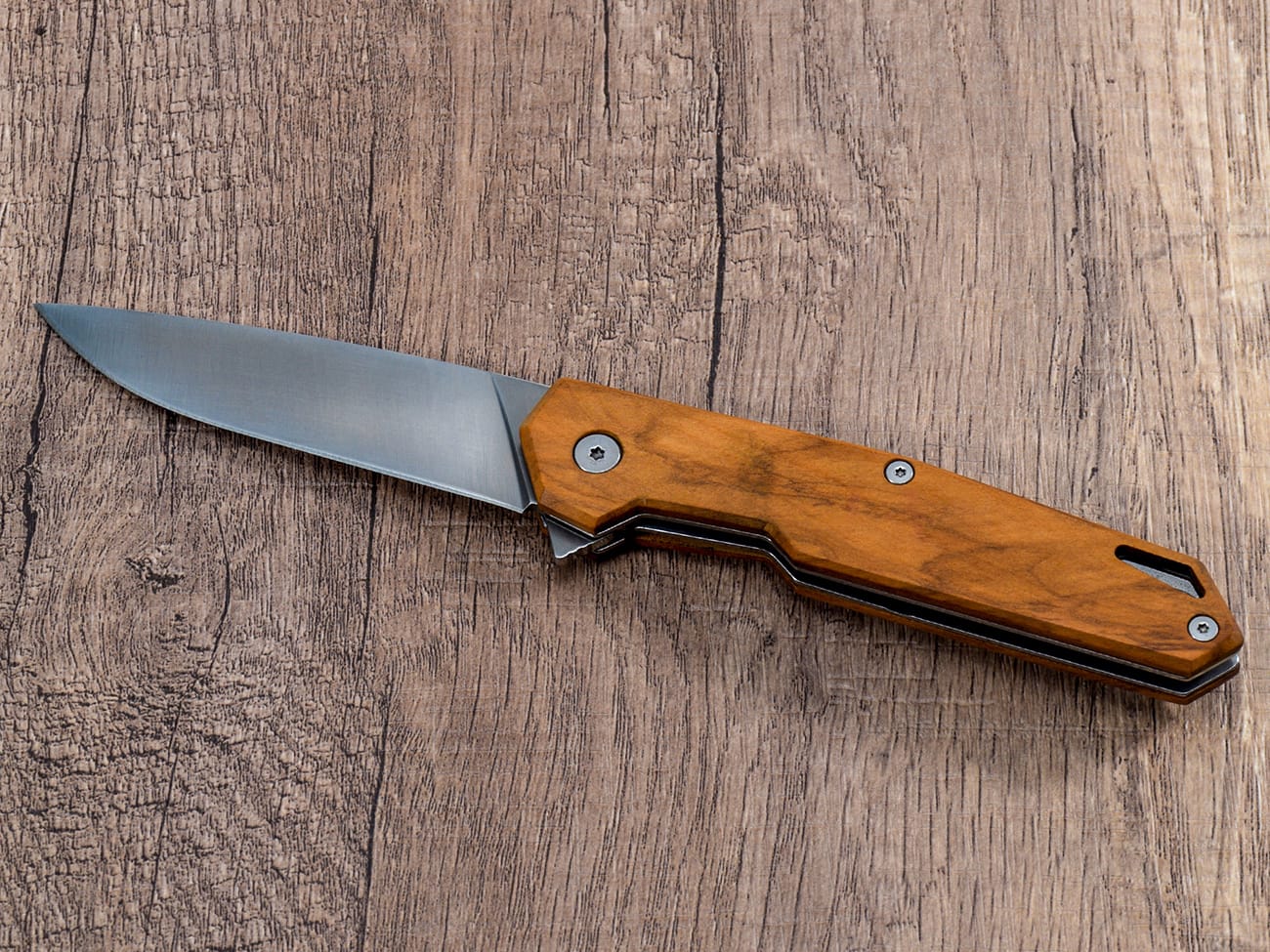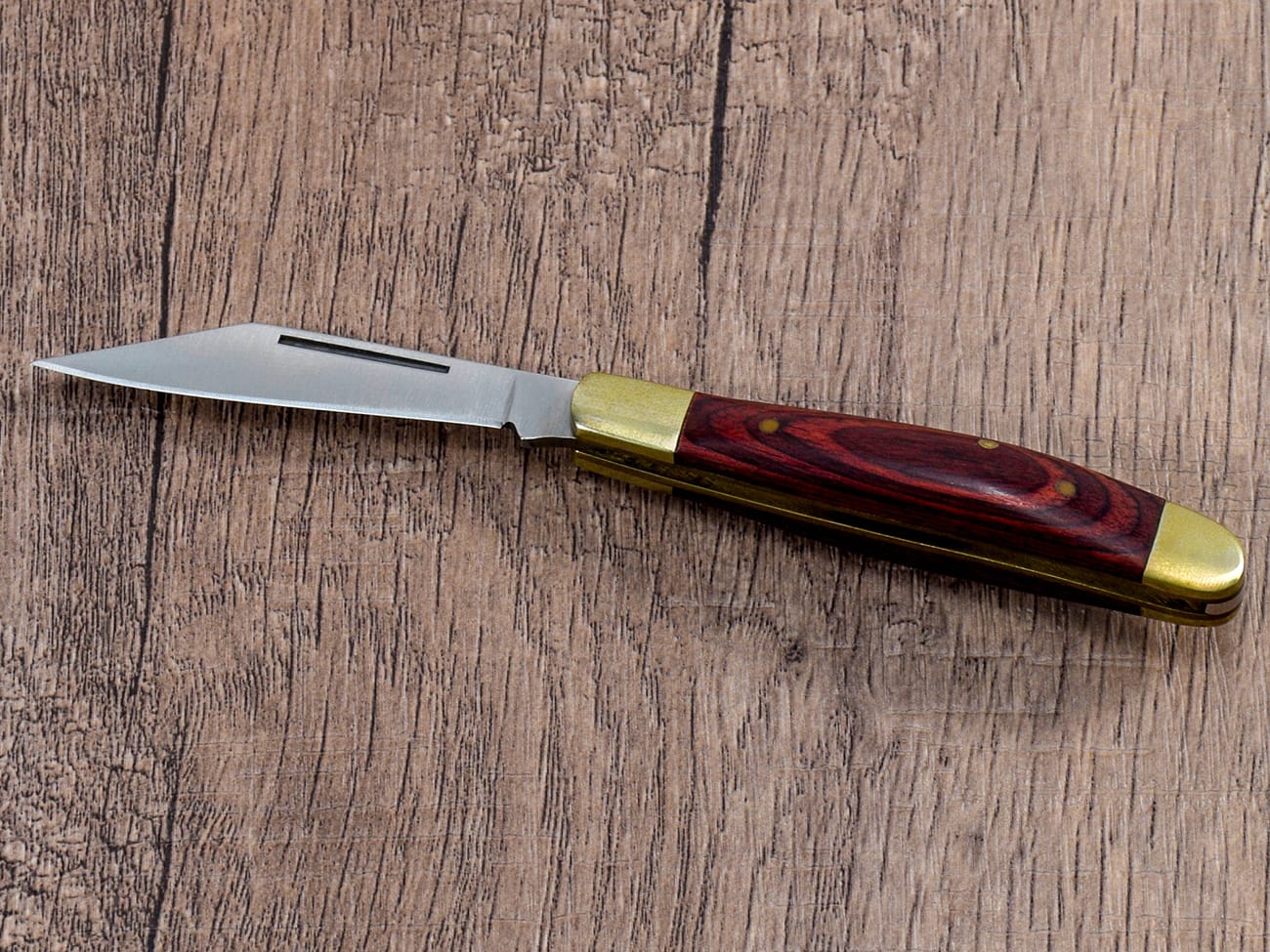Are you ready to unlock the full potential of your pocket knife? Whether you’re a seasoned knife user or just starting out, this comprehensive guide will teach you everything you need to know about using a pocket knife safely and effectively. From basic techniques to advanced tips, we’ll cover it all. So, let’s dive in and discover why mastering this versatile tool is a skill worth having!
Why Learn How to Use a Pocket Knife?
Before we delve into the specifics, let’s consider why learning to use a pocket knife is so valuable:
- Versatility: A pocket knife can handle a wide range of tasks, from outdoor activities to everyday chores.
- Self-reliance: Knowing how to use a knife properly increases your independence and problem-solving abilities.
- Safety: Proper technique reduces the risk of accidents and injuries.
- Efficiency: A well-used pocket knife can save time and effort in many situations.
Now that we understand the importance, let’s explore how to use your pocket knife like a pro!
Choosing the Right Pocket Knife: What Should You Look For?
Before you can start using a pocket knife, you need to choose the right one. Here are some factors to consider:
- Blade material: Look for high-quality steels like 8cr13mov stainless steel or D2 steel for durability and edge retention.
- Handle material: Options like G10, wood, or micarta offer different aesthetics and grip levels.
- Locking mechanism: Choose between liner locks, frame locks, or lockbacks for security.
- Size: Consider a blade length between 2.5 to 4 inches for versatility and legality in most areas.
- Brand reputation: Opt for reputable manufacturers known for quality and customer service.
How to Open and Close Your Pocket Knife Safely
One of the most crucial skills is learning to open and close your knife safely. Here’s how:
- Opening:
- Hold the knife in your dominant hand with the blade facing away from you.
- Use your thumb to engage the opening mechanism (e.g., thumb stud, nail nick, or flipper tab).
- Smoothly open the blade until it locks into place.
- Always verify that the lock is engaged before use.
- Closing:
- Hold the knife with the blade pointing away from you.
- Disengage the lock mechanism with your thumb or finger.
- Carefully fold the blade back into the handle, keeping your fingers clear of the closing path.
- Ensure the blade is fully closed before storing.
Remember, practice makes perfect. Always prioritize safety when handling your knife.
What Are the Basic Cutting Techniques?
Now that you can safely open and close your knife, let’s explore some fundamental cutting techniques:
- Push cut:
- Hold the material firmly with your non-dominant hand.
- Place the blade on the cutting line and push forward with controlled pressure.
- Ideal for precise cuts on flat surfaces.
- Pull cut:
- Secure the material and place the blade at the starting point.
- Pull the blade towards you with steady pressure.
- Useful for controlled cuts in softer materials.
- Slicing:
- Position the blade at an angle to the material.
- Draw the knife through the material in a smooth, continuous motion.
- Effective for cutting food or ropes.
- Whittling:
- Hold the knife in your dominant hand and the material in the other.
- Make small, controlled cuts away from your body.
- Perfect for shaping wood or creating tinder for fire starting.
How Can You Maintain Your Pocket Knife?
A well-maintained knife is a safe and effective knife. Follow these tips to keep your pocket knife in top condition:
- Clean regularly:
- Wipe the blade and handle with a damp cloth after each use.
- For stubborn dirt, use mild soap and water, then dry thoroughly.
- Lubricate moving parts:
- Apply a small amount of knife oil to the pivot and locking mechanism.
- This ensures smooth operation and prevents rust.
- Sharpen as needed:
- Use a whetstone or sharpening system to maintain a keen edge.
- Follow the manufacturer’s recommended angle for best results.
- Store properly:
- Keep your knife in a dry place when not in use.
- Consider using a protective case or pouch to prevent damage.

A well-maintained folding knife with a pakkawood handle can last for years with proper care.
What Are Some Advanced Pocket Knife Techniques?
Once you’ve mastered the basics, you can move on to more advanced techniques:
- Batoning:
- Use your knife to split wood by striking the spine with a sturdy stick.
- Only attempt this with full-tang, fixed-blade knives designed for heavy use.
- Feather sticking:
- Create fine wood shavings for fire starting by making controlled cuts along the grain of a stick.
- This technique requires practice and a sharp blade.
- Food preparation:
- Learn to safely slice, dice, and chop ingredients in outdoor settings.
- Always use a clean blade and follow food safety guidelines.
- Carving and crafting:
- Develop skills in wood carving or leather working using your pocket knife.
- Start with simple projects and gradually increase complexity.
How Do You Carry a Pocket Knife Safely?
Proper carrying techniques are essential for both safety and convenience:
- Use the pocket clip:
- Many pocket knives come with a clip for easy attachment to your pocket or belt.
- Ensure the knife is securely clipped and easily accessible.
- Consider a sheath:
- For larger knives or those without clips, a sheath provides protection and secure carrying.
- Be aware of local laws:
- Research and follow knife carrying laws in your area.
- Some places have restrictions on blade length or knife type.
- Practice situational awareness:
- Be mindful of your surroundings when using or carrying your knife.
- Avoid displaying your knife unnecessarily in public settings.
What Are Common Mistakes to Avoid When Using a Pocket Knife?
Learning from others’ mistakes can help you become a safer and more proficient knife user. Here are some common errors to avoid:
- Using a dull blade:
- A dull knife requires more force, increasing the risk of slips and injuries.
- Keep your blade sharp for safer and more efficient use.
- Cutting towards yourself:
- Always cut away from your body to prevent accidental cuts.
- Establish a safety circle and be aware of your surroundings.
- Neglecting maintenance:
- Regular cleaning and lubrication prevent rust and ensure smooth operation.
- Don’t forget to sharpen your blade when needed.
- Improper storage:
- Storing a wet or dirty knife can lead to corrosion and damage.
- Always clean and dry your knife before putting it away.
- Using the wrong knife for the job:
- Choose the appropriate knife size and style for each task.
- Don’t use a pocket knife for tasks better suited to specialized tools.
How Can You Teach Others to Use a Pocket Knife Safely?
Sharing your knowledge with others is a great way to promote knife safety and appreciation. Here are some tips for teaching:
- Start with safety:
- Emphasize the importance of proper handling and respect for the tool.
- Teach basic safety rules before moving on to techniques.
- Demonstrate proper technique:
- Show correct grips, cutting motions, and maintenance procedures.
- Allow learners to practice under close supervision.
- Encourage questions:
- Create an open environment where learners feel comfortable asking for clarification.
- Address concerns and misconceptions promptly.
- Tailor instruction to the individual:
- Consider the learner’s age, experience level, and intended use for the knife.
- Adjust your teaching style and content accordingly.
- Promote responsible ownership:
- Discuss the legal and ethical aspects of knife ownership and use.
- Encourage ongoing learning and skill development.
What Are Some Unique Uses for Pocket Knives?
While we’ve covered many common applications, pocket knives have some surprising uses you might not have considered:
- Emergency seatbelt cutter:
- In a car accident, a sharp knife can quickly cut through a jammed seatbelt.
- Impromptu screwdriver:
- The tip of the blade can be used carefully as a flathead screwdriver in a pinch.
- Package opener:
- Safely open boxes and packages without damaging the contents.
- First aid tool:
- Cut bandages, remove splinters, or modify equipment in emergency situations.
- Fruit peeler:
- With practice, you can use your pocket knife to peel apples or other fruits efficiently.
- Kindling creator:
- Use your knife to create fine shavings or split small pieces of wood for fire starting.
Remember, always use your knife responsibly and within its intended design limitations.
Conclusion: Mastering Your Pocket Knife
Learning how to use a pocket knife effectively is a valuable skill that can serve you well in various situations. By following proper safety techniques, maintaining your knife, and practicing different cutting methods, you’ll become a confident and skilled knife user. Remember these key points:
- Always prioritize safety when handling your knife.
- Choose the right knife for your needs and maintain it properly.
- Practice basic cutting techniques before moving on to advanced skills.
- Carry your knife legally and responsibly.
- Share your knowledge with others to promote safe knife use.
With these tips and techniques, you’re well on your way to mastering the art of using a pocket knife. Happy cutting!




